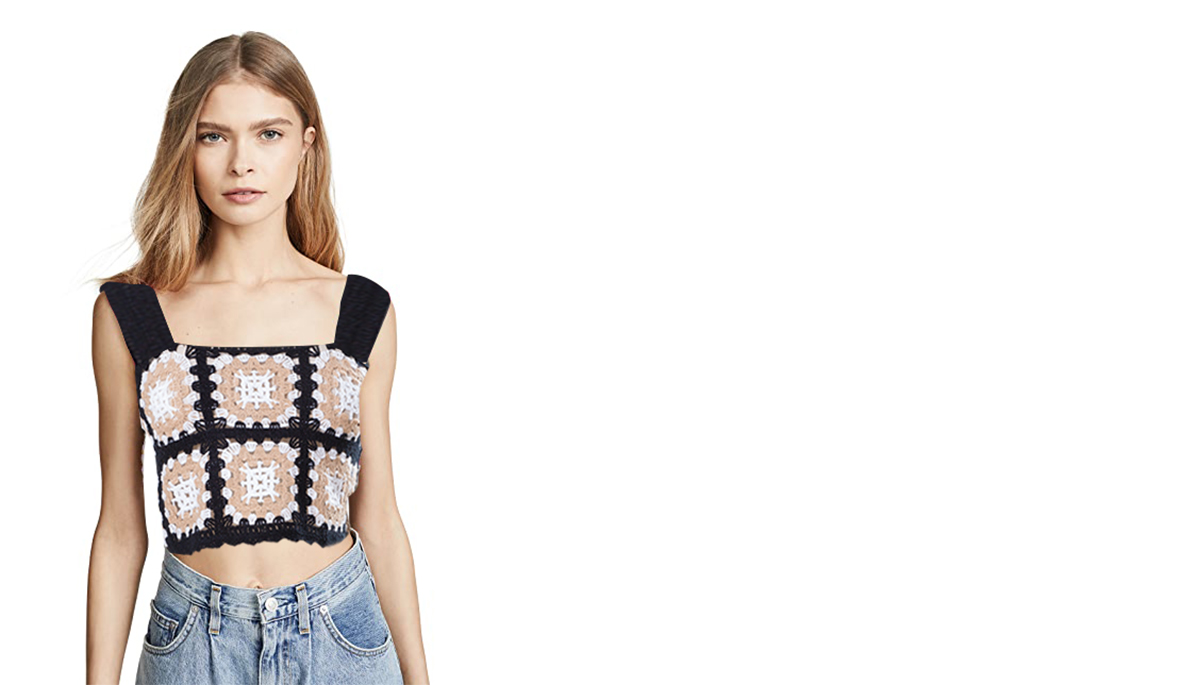If you are interested in some of our products, please feel free to visit our website or contact us for detailed information.
The History of the Chiffon Kimono
The Chiffon Kimono is a light and airy garment that can be worn for many occasions. It is ideal for a casual kimono dress that is perfect for strolling around town or for a more formal occasion such as a wedding or a tea ceremony.
Kimono are traditionally made of silk, but nowadays it is more common to see them in wool or cotton fabrics. The lining of the kimono is usually also silk and may match the outer material in color, or be a complementary pattern.
In addition to expressing social status, personal identity and cultural sensitivity through the use of color and pattern, the design of a kimono often has a deeper meaning. For example, the crane, a symbol of longevity, is often used in designs to signify long life and happiness.
Motifs are usually associated with a particular season or occasion, and the colors of the kimono change with each season. For example, flowers, animals and natural landscapes are popular motifs, and some are meant to bring good luck or prosperity. Others, such as the combination of pine, plum and bamboo – called the Three Friends of Winter – are auspicious symbols for the winter season.
While many kimonos have seasonal motifs, others are worn year-round. These are known as yukata, and they typically feature simpler patterns than those seen on kimonos intended for formal wear. Yukata are worn by both married and unmarried women, and they can be worn in the summer or on leisure activities.
The Meiji era saw the introduction of Western styles and patterns to Japanese fashion, following the opening up of Japan’s ports. The kimono’s popularity declined in this era, with less-formal versions of the garment being preferred. However, a number of new types of kimonos appeared and the fabric began to be woven with double-sided ikat patterns.
Kimonos are traditionally tied with an obi. The obi is worn to hold the kimono together, hide any excess fabric and (for women) helps keep the waist small and the posture straight. Men’s obi are simpler and less restrictive and come in fewer styles.
During the Taisho era, kimonos developed further with a style that blended traditional and modern elements. Waterfall stripes, plaids, bar stripes and arrow kasuri were all introduced as well as a more lyrical romanticism, which was reflected in literature and the arts until the end of the era.
Today’s kimonos are designed to be worn as fashionable clothing rather than an item of ceremonial clothing and can be bought from high street stores or online. In fact, the kimono is enjoying a revival among younger generations, with a growing number of young designers offering contemporary takes on classic patterns and designs. As a result, there has been an increase in the number of kimono rental shops popping up across the country. In addition to a growing interest in the kimono, it is also being used as a way for people to connect with the culture of Japan and its history.

Kimonos for women summer beach cover up sheer cardigan chiffon floral cover up loose casual top blouse
FEATURES: Kimonos for women featuring bohemia floral print, tropical pattern, bat sleeve, casual loose fit, flowy irregular hem, boho style, long enough to cover hip.
VERSATILE: Ideal as work hawaiian shirts, kimono jacket, beach swimsuit/swimwear/bikini/bathing suit kimono cover ups, womens cardigan for cool summer nights, sheer chiffon shawl, etc.
OCCASIONS: Summer cardigans for women is suit for daily, work, dinner party, dating, wedding, church, vacation, seaside, pool, water park, etc.
MATCH: Match with sleeveless vest, tees, jeans and pants. Easy to dress up or down in Spring, Summer, Fall and Winter.


 English
English 中文简体
中文简体 Español
Español













